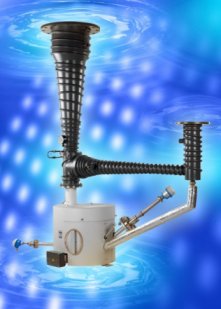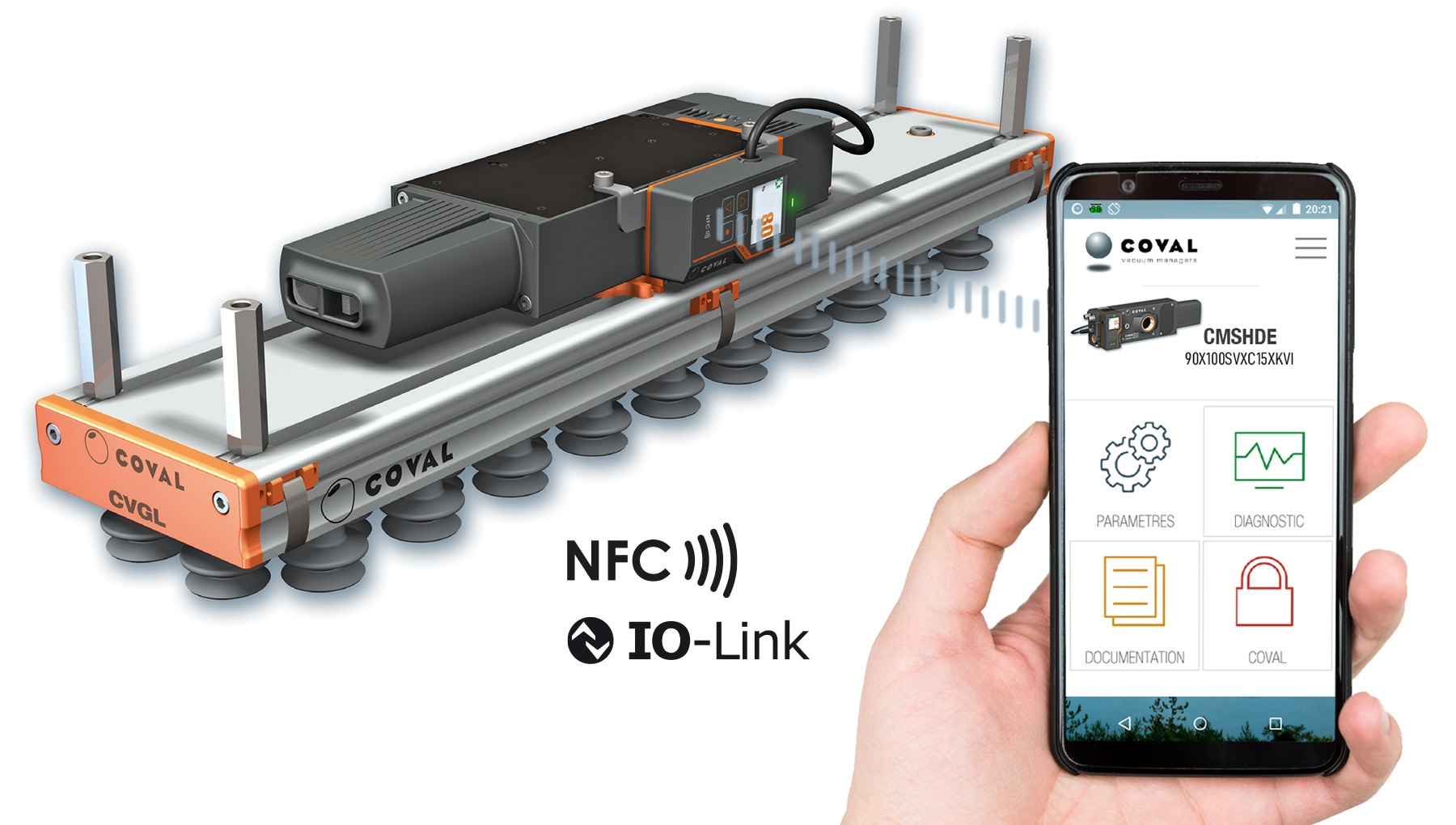New Vapour Booster Minimizes Down Time
BOC Edwards’ market-leading high-throughput vacuum pump, the 18B4 has been upgraded with additional features to enable easier maintenance and operation. The new version, 18B4B, includes a clean out port and optional oil level and temperature measurement sensors.

BOC Edwards
These new features reduce cost of ownership by simplifying maintenance procedures and minimizing the down time that can occur as a result of low oil levels or loss of heaters.
The vapour booster is designed to run in conjunction with other vacuum pumps to enable high throughput and pumping speeds of up to 4000ls-1. Oil is vaporized at a temperature of 200-250°C in the boiler that sits at the foot of the pump. As the vapour is ejected at high velocity through jets incorporated in the interior of the pump, gas entering through the inlet, is diffused in the vapour stream and transferred to the outlet. The vaporized oil is then condensed as it contacts the cooled external surface of the pump and returns to the boiler.
The 18B4B¹s clean out port is located on the top of the boiler and measures approximately 200mm in diameter. Access is provided through an easily removable panel, facilitating quick and easy cleaning resulting in greater pump reliability and performance.
The optional ultrasonic level and temperature measurement sensors can be fitted to opposite sides of the boiler. The level sensor gives a volt-free contact to warn when a low oil level is reached. This is factory set at six litres, but the customer can change the level for their own requirements. The temperature sensor provides a standard 4-20mA output and is calibrated to read from 0° to 300°C.
With these two options, down-time can be greatly reduced as the oil level and temperature can be monitored remotely. This enables intervention or maintenance to be planned and improves the efficiency of the process.
The new features of the 18B4B vapour booster are a result of a development programme that involved input from OEMs and end users. ISO and ANSI flanged variants are available in addition to the existing flange configuration, and the dimensions remain the same so that existing customers wishing to upgrade from an existing 18B4A can do so without altering their system.
Source: Edwards Vacuum






